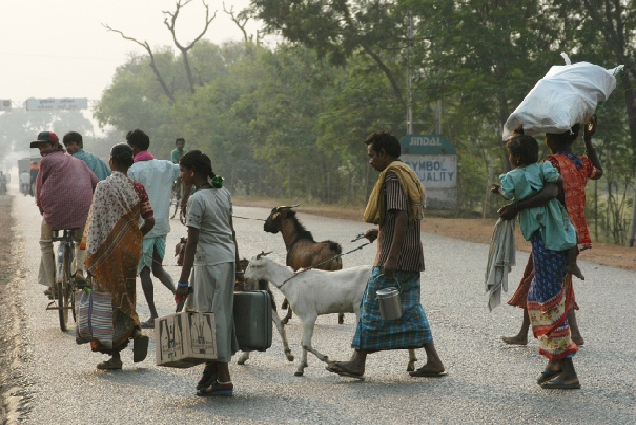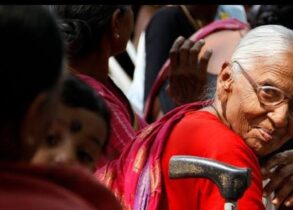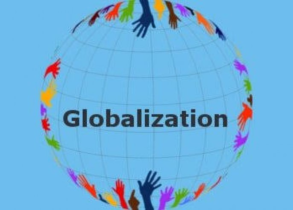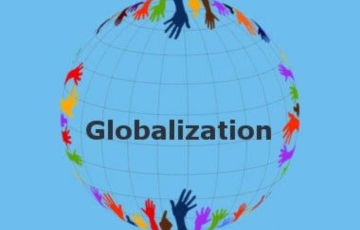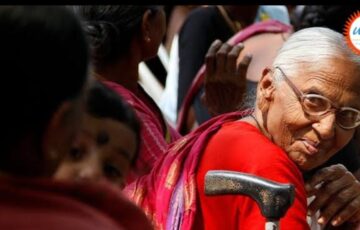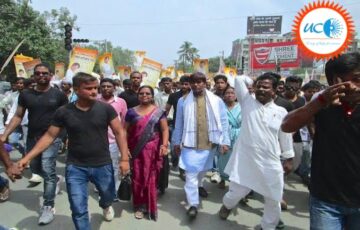Discuss the challenges that internal migration creates for urban governance in India. Also, suggest measures to address the same.
Approach:
- Give a brief introduction regarding internal migration in India.
- Mention the challenges created by it for urban governance.
- Suggest the measures needed to tackle these challenges.
- Conclude accordingly.
Answer:
As per the 2011 census report, the number of internal migrants in India was 450 million, which includes intra-district, inter-district and inter-state migration. This constituted 37% of the Indian population in 2011. This large number of internal-migration creates the following challenges for urban governance:
- Unplanned development: Large number of migrants often leads to creation of unauthorised colonies, which are not developed as per the needs of a vibrant urban space.
- Provision of basic amenities: Increasing migrant population puts pressure on the capacity of urban agencies to provide adequate basic amenities like access to clean water, metalled roads, clean locality etc. This often leads to creation of slums, which are unhygienic.
- Livelihood: Internal migrants are mostly employed in the unorganized sector and urban agencies find themselves unable to provide livelihood security to these migrants.
- An ILO study revealed that 95% of India’s internal migrants lost all their means of livelihood during the COVID-19 lockdown and only 7% benefited from the efforts to revive their livelihoods through the state-run MGNREGA program.
- Social security: Non-portability of entitlements for migrant labourers (such as PDS) gets aggravated due to absence of identity documentation.
- Safety and security: Migrants often reside in the crime infested slums/ghettos where they are susceptible to physical abuse and sexual harassment, especially women and children. Sometimes, they are also harassed by law enforcement authorities.
- Lack of database: The official data (Census or the National Sample Survey) is more than a decade old. Moreover, migrants do not constitute a homogeneous category, and are segmented along gender, class, ethnicity, language and religion, which makes it further difficult to provide services to migrants.
In this context, following measures needs to be taken to tackle the challenges being faced by urban governance in India:
- Capacity building: The government needs to provide adequate funds and personnel to prepare a long term master plan for urban growth, anticipating and accommodating future needs for housing, transportation, sanitation, health services and education services etc.
- Comprehensive policy: The government needs to develop an inclusive and comprehensive policy framework to mitigate the vulnerabilities faced by internal migrants in various fields.
- Ensuring access to basic services: Access to decent living conditions should also be included in migration policy ensuring that migrants are not denied access to housing and basic services etc.
- Labour market inclusion: This can be done through by providing training, placement and skill upgrade with the help of NGOs.
- Legal aid and dispute resolution: This can be done through Legal Aid Societies in districts, which will help migrants protect themselves against work and wage-related malpractices and will provide grievance and dispute handling mechanisms to negotiate with employers/ contractors.
- Financial inclusion: This can be done by extending banking facilities to promote savings and secure transfer of remittances in the source and destination areas.
The provision of financial inclusion through PM Jan Dhan Yojana and implementation of One Nation One Ration Card scheme are steps in the right direction. However, aforesaid challenges are complex and lack of recognition for migrants is still to be fully addressed. The issue of migration needs to be embedded in urban development policy and planning.

